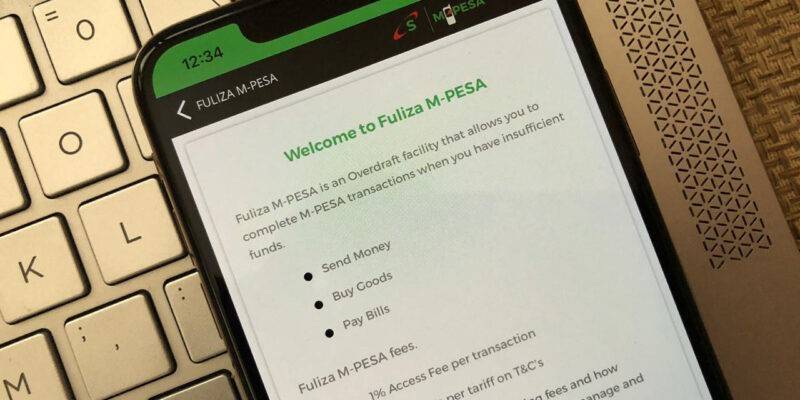A report from Safaricom shows that subscribers increased borrowing from the overdraft service Fuliza in the six months leading to September by a third to KES 149.4 billion. This was in the wake of the coronavirus-induced lockdown that led to lots of layoffs and pay cuts.
Overdrafts from the service spiked from KES 112.2 billion in a similar period in 2019. This would then account for a daily borrowing of KES 830 million.
It is reasonable to see why this would happen at a time when loan uptake soared as more than two million Kenyans lost their jobs amid the pandemic. The mass layoffs were a result of the hardships that were driving firms into huge losses.
However, the use of M-Shwari loans declined by 14.3% to KES 47.5 billion. This was a clear pointer that Safaricom and its partners were rigid when it came to issuing loans. Unlike Fuliza, M-Shwari borrowers have to be prompted to pay the debt as they can still hold money in the M-PESA accounts. This could result in some totally refusing to pay the money owed.
Fuliza’s structure allows Safaricom to automatically recover the money from one’s wallet therefore curbing defaults becomes easier.
The increased use of Fuliza earned Safaricom KES 2.15 billion in revenue accounting for a 60.7% rise on the KES 1.34 billion it earned in 2019.
At the same period, it was clear that Safaricom and NCBA were making access to M-Shwari loans even tighter. The minimum loan size on the lending platform was raised four times to KES 2,000 in a bid to reduce defaults largely by borrowers taking smaller amounts.
This report comes shortly after the Kenyan telco released its financial report for the half-year indicating a rare drop in profit. As projected earlier, the waivers on M-PESA transactions ordered the government did have an adverse effect on the mobile money service’s revenue falling by 14.5%n YoY (year-on-year).





Comments